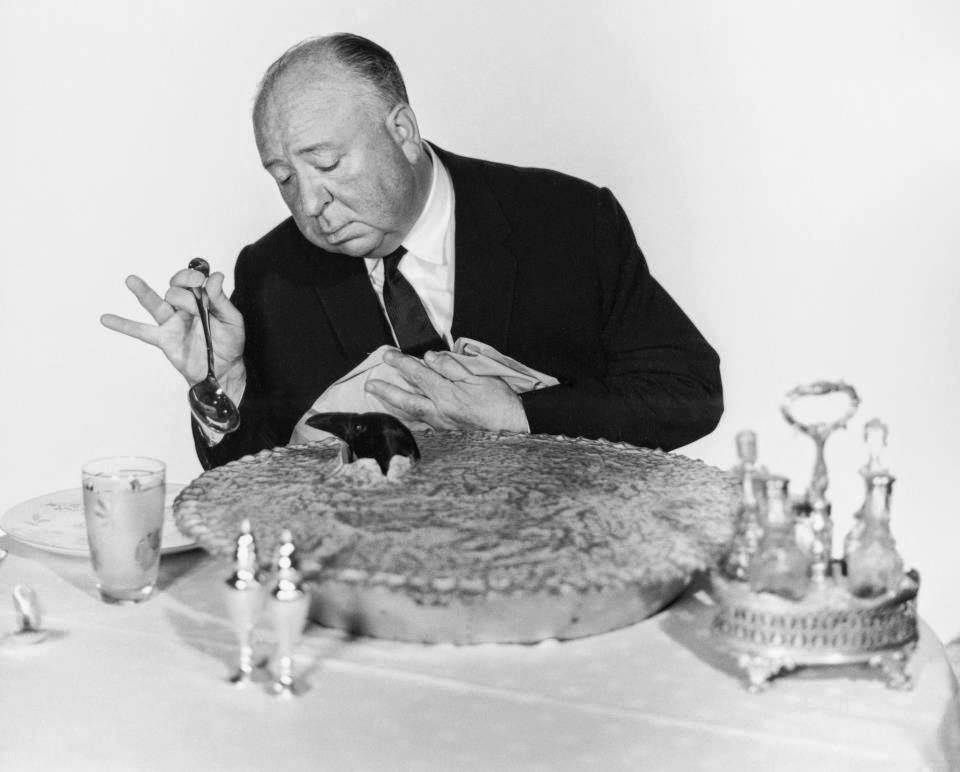Where The Blues Are
I come to you again this week with another pair of blu-rays from those master celluloid handlers at Warner Archive. First up we have 1960’s “Where The Boys Are,” a defining teen picture of the era by MGM, and the film largely responsible for kicking off the whole cycle of 1960s beach films. The other is 1955’s “Pete Kelly’s Blues” a film starring, produced, and directed by Jack Webb--TV’s Joe Friday. Part of a deal Webb had made with Warner Brothers when he was setting up the original big screen version of “Dragnet” in the ‘50s.
“Where The Boys Are” was set for the screen before the book it was based on had been released. Producer Joe Pasternak snatched up the rights to the book by Glendon Swarthout, which was originally titled “Unholy Spring.” Pasternak, strongly feeling “Where The Boys Are” would be the better title, persuaded Swarthout to change the book’s title. Pasternak also felt he could use the film as a starring vehicle for one of the stars of MGM’s record label, Connie Francis.
Francis was reluctant to join the film, but after much personal pursuit by Pasternak, she agreed and joined a cast of up and coming contract players: George Hamilton, Paula Prentiss, Dolores Hart, and a pre-Riddler Frank Gorshin. “Where The Boys Are” is the story of four college students going to St. Lauderdale for Spring Break--happy to escape the bleak snow of their Midwestern college life. The film was one of the first ones of the era to imply that college students have intrest in sex.
“Where The Boys Are” was a huge smash when it was released in the Winter of 1960--inspiring many college students to flood into Ft. Lauderdale for their Spring break in 1961. The film’s title song, sung by Connie Francis was a hit as well, peaking at #4 on the Billboard charts. The movie inspired other studios to make their own “teenager beach films” like Warner Brothers’ “Palm Springs Weekend” and American International capping them all with their “Beach Party” film--which became quite a successful franchise during the decade.
Warner Archive brings “Where The Boys Are” to blu-ray with an absolutely masterful looking 1080p image. I’ve seen the film broadcast many times on TCM before, and this is the best I’ve ever seen it look. The colors are vibrant, the picture is sharp, with the right amount of natural grain for a film shot in CinemaScope. The mono sound is rendered as a DTS-HD MA track, which is just as vibrant as the picture. The extras are ported over from the 2003 DVD and are very good. A commentary track by Paula Prentiss, a featurette with Prentiss and Francis, the trailer, and a newsreel from the film’s premiere in Ft. Lauderdale.
In 1954 Jack Webb, star and creator of TV’s “Dragnet” brought his show to the big screen--which had previously been a radio series before making the jump to TV. The movie, which marked the first time a TV series had a big screen spin off, was distributed by Warner Brothers. In setting up the deal, Webb also inked plans to direct other features for the studio. He followed up the ‘54 film 1955’s “Pete Kelly’s Blues.”
Webb stars, directs, and produces the film--through his company Mark VII Ltd. The film is set in the roaring ‘20s, centered around a band leader Pete Kelly (Webb), and his band’s involvement trying to break a contract with a ganglord. Janet Leigh co-stars, as does Jazz great Peggy Lee, and in a cameo role Ella Fitzgerald. The film is a little uneven at times, but it’s not a bad flick. Lee is pretty impressive in her dramatic turn, earning an OSCAR nom for Best Supporting Actress. Webb in real life was a huge Jazz fan, and this is clearly a love letter to the music as much as it is a dramatic period piece.
Shot in color and CinemaScope, Warner Archive’s blu-ray of “Pete Kelly’s Blues” looks darn impressive. An early CinemaScope film and shot in the dreaded WarnerColor process, there are a few moments of flaws from the film being produced in this manner. A couple of those “mumps” from distortion in the early CinemaScope lenses, and the WarnerColor process faded quickly. The color’s are good, but some of the darker tones have a blue hue to them. Sound is a DTS-HD MA 5.1 mix, created from a four track Stereo mix that was made for those original CinemaScope screenings.
Another fine pair of blu-rays from Warner Archive, who simply have almost everyone else beat in the game of issuing deep catalog titles on blu-ray. Both come recommended by yours truly, both are welcome additions to have in HD.




Comments
Post a Comment